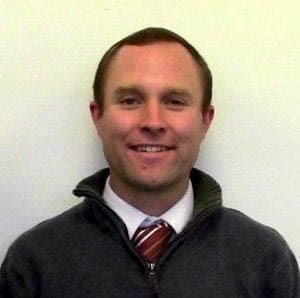by Jay Corrigan
Annie Fetter has a great video online where she talks about Noticing and Wondering. As adults, we notice things and wonder about things in a way that is almost instinctual. Most of us probably don’t have to remind ourselves that we need to notice things before we solve a problem. We just do. Kids may not have developed this same habit of mind and may need support in learning how to think in this way. It makes me think about the Question Formulation Technique and how with primary students, it is an event. However, using the Question Formulation Technique with young students is one way to build the habit of mind that Annie Fetter focuses on in her video so that asking questions (wondering) can become less of an event, and more of a habit of mind. A conversation I had with a co-worker illustrates this beautifully!
“You Ruined My Life!”
A colleague of mine told me after I introduced the Question Formulation Technique to her that I had ruined her life. After giving her the address and phone number of the Right Question Institute so that she could direct her complaints up the chain of command, I asked her why. She explained that everything had become a QFocus. She would be driving down the road and see something and her mind would immediately begin to spin out questions. She would be in a meeting and the presenter would say something and questions would start to flow through her mind like water through a flooded creek bed. Imagine the classroom where everything for students is a potential QFocus. I think that would be a pretty exciting place! However, to make questioning habitual, we have to start early. Using the Question Formulation Technique with primary students is a great way to instill that habit early on in a child’s academic career.

This blog is the final blog in a four part blog series from an educator in the field, Jay Corrigan. Jay has shared how his school community has integrated the Question Formulation Technique into their classroom practice. Read part 1 here where Jay described a scaffolded approach that starts in kindergarten and extends to third grade and beyond. Read part 2 here where Jay discussed responses to students when they ask seemingly silly questions. Read part 3 here where Jay discussed the importance of maintaining neutrality in the classroom. Next week, a new educator will share experiences using the Question Formulation Technique.
